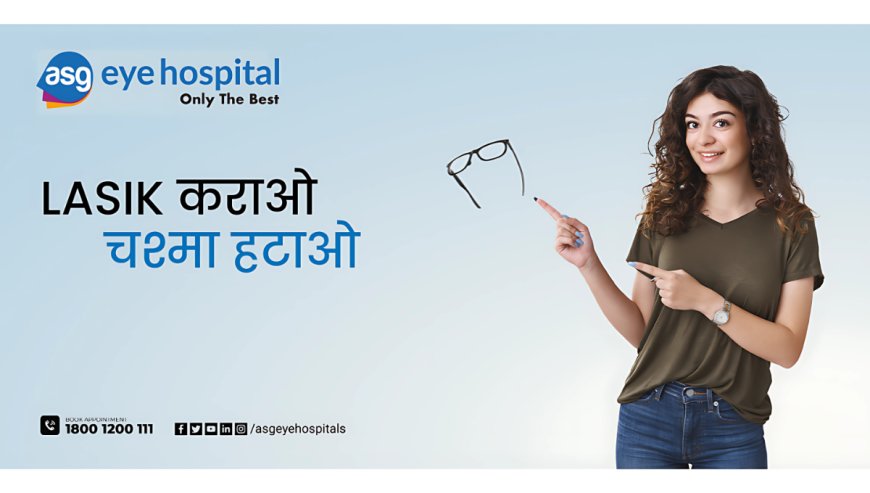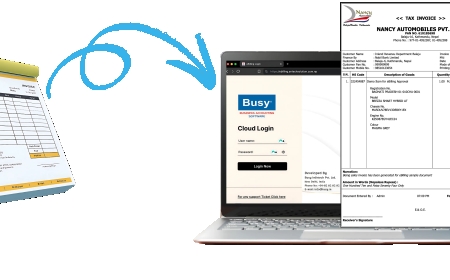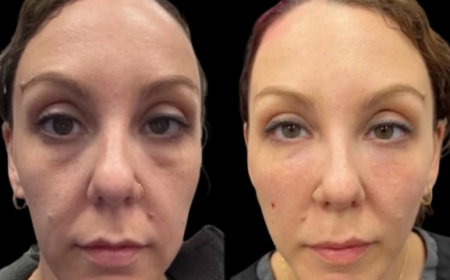Freedom from Glasses - A Guide to LASIK
Explore LASIK eye surgery for clear vision. Learn about its benefits, safety, and what to expect in this detailed guide for an Indian audience.

Imagine waking up each morning and seeing the world with crisp, natural clarity, without fumbling for your glasses or struggling with contact lenses. For millions, this dream has become a reality thanks to LASIK (Laser-Assisted In Situ Keratomileusis), a highly advanced and widely performed vision correction procedure. LASIK has transformed lives by offering a lasting solution to common refractive errors like nearsightedness, farsightedness, and astigmatism.
If you're considering a life free from visual aids, understanding the ins and outs of LASIK is crucial. This procedure involves reshaping the cornea, the clear front part of your eye, using a precise excimer laser. By altering the cornea's curvature, light rays are focused correctly onto the retina, allowing for sharper and clearer vision. The entire procedure is remarkably quick, typically taking only a few minutes per eye. Many individuals seeking to reduce or eliminate their dependence on glasses or contact lenses find themselves exploring options for LASIK surgery in Noida and other major Indian cities, given the increasing accessibility and advancements in technology.
Who is a Good Candidate for LASIK?
While LASIK offers incredible benefits, it's not for everyone. A thorough pre-operative evaluation by an experienced ophthalmologist is essential to determine your eligibility. Generally, good candidates for LASIK are:
- At least 18 years old: Your eye power should be stable for at least one year.
- Have stable vision: Significant changes in prescription within the last year can disqualify you.
- Have healthy eyes: Conditions like glaucoma, cataracts, severe dry eyes, or certain corneal diseases might make you unsuitable.
- Have a suitable corneal thickness: There needs to be enough corneal tissue for the laser to safely reshape.
- Have realistic expectations: While LASIK can dramatically improve vision, it may not guarantee 20/20 vision for everyone, and age-related vision changes like presbyopia (difficulty with near vision) will still occur later in life.
- Not pregnant or breastfeeding: Hormonal changes can affect vision stability.
The LASIK Procedure: What to Expect
The LASIK procedure is an outpatient surgery, meaning you won't need to stay overnight at the hospital. Here's a general overview of what happens:
- Preparation: Numbing eye drops are administered to ensure comfort. A mild sedative might be offered to help you relax.
- Corneal Flap Creation: A thin, hinged flap is created on the surface of the cornea. This can be done using a highly precise femtosecond laser (bladeless LASIK) or a microkeratome (a small, automated blade). Bladeless LASIK is often preferred for its enhanced precision and safety.
- Corneal Reshaping: The corneal flap is gently lifted, and an excimer laser is used to precisely reshape the underlying corneal tissue. The amount of tissue removed is determined by your individual prescription and eye measurements. You'll hear clicking sounds during this step, and your vision may dim briefly.
- Flap Repositioning: Once the reshaping is complete, the corneal flap is carefully repositioned. It naturally adheres to the eye without the need for stitches.
The Recovery Journey: Fast and Smooth
One of the most appealing aspects of LASIK is its rapid recovery time. Most patients experience significant vision improvement almost immediately after the procedure, though some initial blurriness, light sensitivity, or a gritty sensation is common.
- First Few Hours: You'll need someone to drive you home. Rest with your eyes closed as much as possible. You'll be given eye drops to prevent infection and promote healing.
- First Few Days: Vision will continue to clear. Avoid rubbing your eyes, wearing eye makeup, or getting water directly into your eyes. You can usually return to light activities and screen time after 24-48 hours, taking frequent breaks.
- First Few Weeks to Months: Vision will stabilize, and any minor side effects like dryness or glare should gradually subside. Regular follow-up appointments with your surgeon are crucial to monitor your healing progress. Complete healing typically takes 3-6 months.
Benefits of LASIK: A Clearer Perspective
The advantages of LASIK extend far beyond just clear vision:
- Freedom from Glasses and Contact Lenses: This is the most significant benefit, offering unparalleled convenience and an improved quality of life. Imagine swimming, playing sports, or simply waking up without visual aids.
- Improved Vision Quality: Many patients report sharper, more vibrant vision than they experienced with glasses or contacts, especially with advanced LASIK technologies that correct even subtle imperfections.
- Quick Results: The visual improvement is often immediate, allowing you to enjoy your new vision almost right away.
- Long-Term Solution: The reshaping of the cornea is permanent, providing lasting vision correction. While natural aging may lead to reading glasses later, the initial correction holds.
- Enhanced Confidence: For many, the ability to see clearly without external aids boosts self-esteem and confidence in various aspects of life.
Potential Risks and Considerations
While LASIK is generally considered safe, like any surgical procedure, it carries some potential risks. These are typically rare and often manageable:
- Dry Eyes: This is a common temporary side effect, usually managed with lubricating eye drops. In some cases, it can be persistent.
- Glare, Halos, or Starbursts: These visual disturbances around lights, especially at night, can occur and usually improve over time.
- Undercorrection or Overcorrection: Sometimes, the vision may not be perfectly corrected, or it might be overcorrected, potentially requiring an enhancement procedure.
- Flap Complications: Although rare, issues with the corneal flap, such as displacement or irregular healing, can occur.
- Infection: As with any surgery, there's a minimal risk of infection.
Choosing a reputable clinic and an experienced surgeon significantly minimizes these risks.
Choosing Your LASIK Surgeon and Clinic
Selecting the right ophthalmologist and clinic is paramount for a successful and safe LASIK experience, especially when consideringLASIK eye surgery as a significant life decision. Look for:
- Board-certified surgeons: Ensure they have extensive experience in refractive surgery.
- Advanced technology: The clinic should utilize modern and well-maintained laser equipment.
- Comprehensive pre-operative screening: A thorough evaluation is key to determining your suitability and ensuring optimal outcomes.
- Clear communication: Your surgeon should explain the procedure, risks, and expected results in detail.
- Positive patient testimonials: Reviews and feedback from previous patients can offer valuable insights.
- Excellent post-operative care: Consistent follow-up is vital for monitoring healing and addressing any concerns.
LASIK has truly revolutionized vision correction, offering a pathway to a life unburdened by glasses or contact lenses. For many, it's not just about seeing clearly, but about experiencing a new level of freedom and confidence. If you've been dreaming of crystal-clear vision, consult with a qualified ophthalmologist to explore if LASIK is the right choice for you.


































